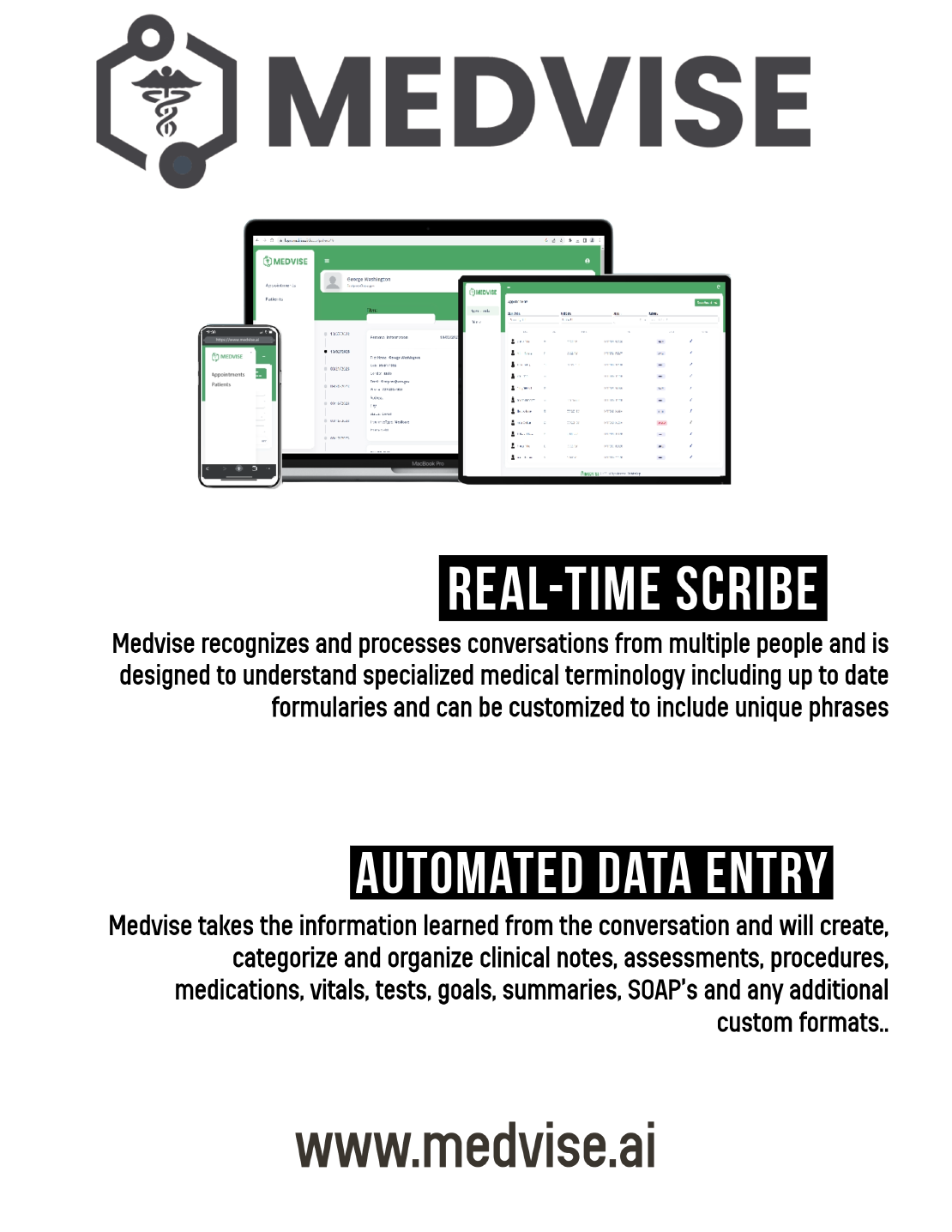Introduction
Running a medical practice comes with various challenges, and one critical aspect is managing overhead costs while ensuring an adequate number of patient visits each day. In this blog post, we will explore the relationship between overhead costs and patient volume, understanding the factors that contribute to overhead expenses and the impact of patient load on a medical provider’s financial viability. By striking the right balance, healthcare professionals can optimize their practice’s profitability and efficiency.
Factors Affecting Overhead Costs
-
The key factors that contribute to overhead costs for medical providers, are location, practice size, specialty, and technology infrastructure.
-
Strategies to optimize and reduce overhead costs are important, such as leveraging technology, streamlining administrative processes, and negotiating favorable vendor contracts.
Patient Volume and Financial Viability
- Analyze the relationship between patient volume and the financial viability of a medical practice.
- Discussing the concept of a “break-even point” and how it relates to the number of patients a provider needs to see to cover overhead costs and generate profits.
- Highlighting the importance of understanding the practice’s capacity, scheduling efficiency, and patient mix in achieving optimal patient volume.
Balancing Quality of Care and Patient Volume
- Addressing the delicate balance between providing quality patient care and managing patient volume.
- Discussing the potential risks of overbooking or overscheduling patients and the negative impact on patient satisfaction and outcomes.
- Exploring strategies to improve practice efficiency, enhance patient flow, and maximize the number of patients seen without compromising quality of care.
Utilizing Technology and Workflow Optimization
- Highlighting the role of technology solutions, electronic health records (EHR), and practice management systems in optimizing workflow efficiency and reducing overhead costs.
- Discussing the benefits of appointment scheduling software, patient portals, and telehealth platforms in managing patient volume effectively.
- Exploring data analytics and performance metrics to track patient flow, identify bottlenecks, and make data-driven decisions.



